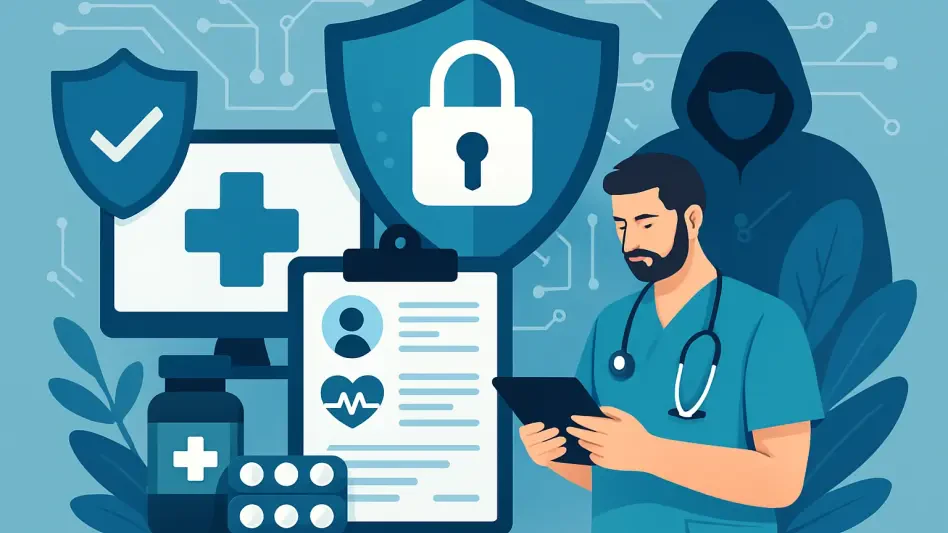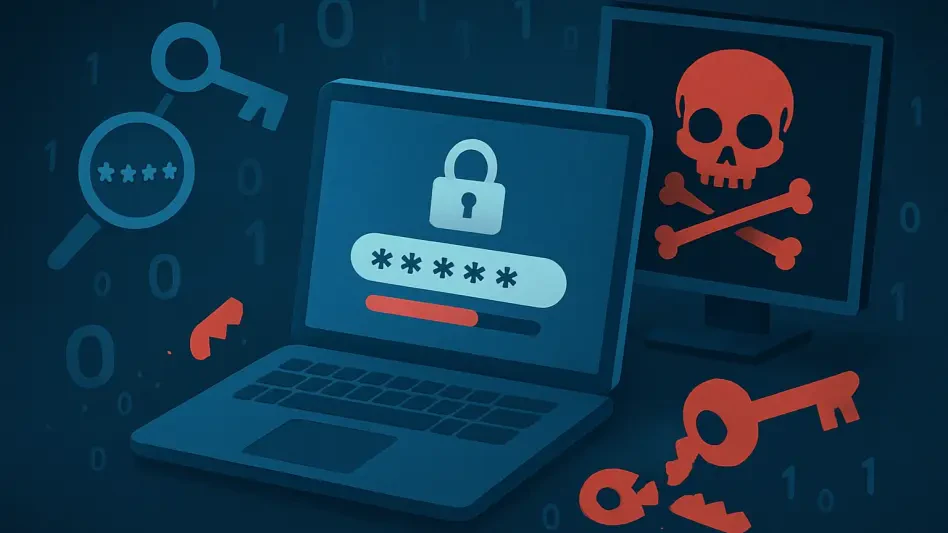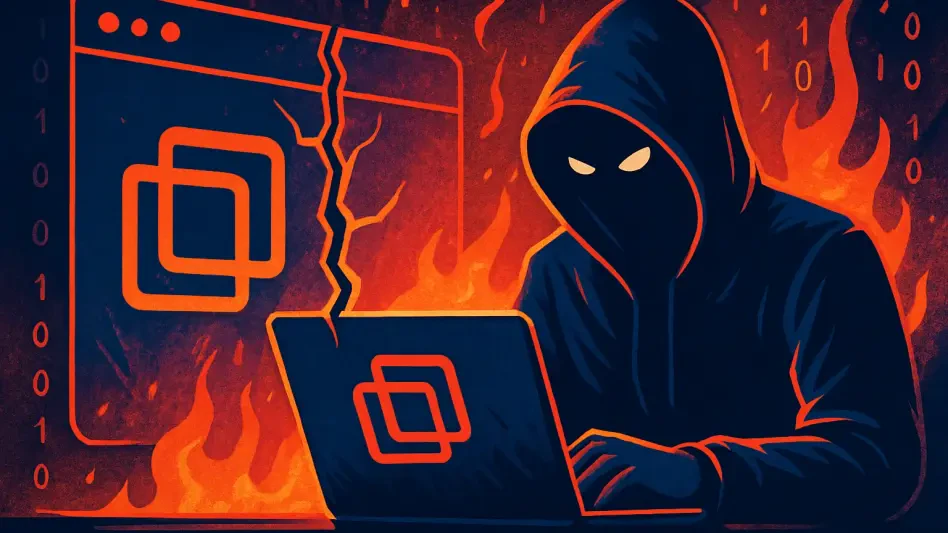In the modern digital landscape, securing software systems has grown increasingly essential as cyber threats continually exploit systemic vulnerabilities in widely-used technologies, causing significant harm and disruption. Against this backdrop, the United States Cybersecurity and Infrastructure Agency (CISA) established the “Secure by Design” pledge to cultivate best practices in the technology industry. Cloudflare, a prominent cybersecurity company, signed this pledge on May 8, 2024, solidifying its commitment to building resilient systems with security as a core principle. This document provides an in-depth analysis of Cloudflare’s initiatives aligning with one of CISA’s primary goals: the reduction of entire vulnerability classes. It highlights Cloudflare’s strategies, outcomes, and future plans in strengthening their security posture.
Core Philosophy: Prevent, Not Patch
Cloudflare’s central security philosophy emphasizes preventing vulnerabilities before they can enter production environments. The cornerstone of this approach lies in making secure-by-design methodologies inherent in product and platform development. The Product Security team at Cloudflare spearheaded this effort over the previous six months by instituting new and customized rulesets aimed at eradicating secrets and injection code vulnerabilities. These tactics have enhanced detection precision, minimizing false positives while enabling proactive identification and prevention of potential threats. This robust approach focuses on blocking vulnerabilities at the initial stages, aligning firmly with CISA’s proactive security ethos.
Understanding Injection Vulnerabilities and Prevention
Injection vulnerabilities are regarded as critical threats since they can compromise the confidentiality, integrity, and availability of systems. Such vulnerabilities occur when improper validation, unsafe functions, and unsanitized input cause code and data to intermingle incorrectly, creating exploit pathways for attackers. Cloudflare combats these risks through comprehensive security reviews, secure code scanning, and rigorous vulnerability testing. The development of precise detection metrics has been instrumental in reducing false positives and enhancing their capacity to block these vulnerabilities actively during code merges or changes.
The focus on preventing injection vulnerabilities requires identifying the common entry points and unsafe functions that facilitate attackers’ exploits. Cloudflare uses advanced security tools and manual code reviews to scrutinize every aspect of their software development life cycle (SDLC). This level of diligence ensures that vulnerabilities are caught and addressed before code reaches the production phase. The company has integrated secure coding practices and validation checks as a standard part of their development workflow, ensuring that all input is sanitized and properly validated to prevent injection attacks.
Managing Secrets in Code and Mitigation Techniques
Secrets embedded in code represent another high-impact vulnerability class that poses severe risks, including potential unauthorized access and insider threats. Cloudflare prioritized the improvement of security tools and systems throughout 2023, focusing on detecting and reducing secrets in code repositories. By conducting detailed audits and analyzing usage patterns, Cloudflare decreased the likelihood of reintroducing these vulnerabilities in new code significantly. Enhanced secrets detection rules and improved frameworks have been pivotal in segregating data from code, thereby future-proofing applications against evolving threat landscapes.
To manage secrets effectively, Cloudflare has implemented specialized tools to identify and secure sensitive information embedded in the codebase. The company employs automated secret scanning tools that routinely audit repositories for any inadvertent exposure of sensitive data. Additionally, Cloudflare has enhanced its guidelines and training for developers to emphasize the importance of keeping secrets out of the code and utilizing secure storage solutions. By fostering a culture of security awareness and best practices among developers, the organization can safeguard its digital assets against insider threats and unauthorized access.
Developer Enablement and Automation
Building secure default configurations and leveraging automation were key strategies employed by Cloudflare to address injection and embedded secrets vulnerabilities effectively. They adopted frameworks that inherently separate data from code and integrated secure storage systems and secret management tools seamlessly into the development pipeline. Automation played a crucial role in fortifying their strategy. Enhanced static analysis tools, integrated with DevOps processes, utilized customized rule sets to block issues based on patterns and trends. Additionally, security scans were executed on every pull request and merge request to enforce “build break” and “stop the code” measures, ensuring that true positive vulnerabilities were caught early, irrespective of their criticality. This proactive strategy significantly curtailed the chances of vulnerabilities making their way to production environments, thereby maintaining a robust security posture.
Automation not only aids in efficient vulnerability detection but also ensures that security measures are consistently applied across all stages of development. Cloudflare’s integration of security tools within their CI/CD workflows allows for continuous monitoring and immediate remediation of security issues. By adopting a proactive approach and embedding security measures within automated processes, the company can maintain a resilient security posture while accelerating development timelines. The benefit of such automation lies in its ability to catch vulnerabilities early, reduce manual errors, and provide developers with real-time feedback to mitigate risks promptly.
Operationalizing Detection and Blocking
Cloudflare’s Product Security team operationalized aggressive detection and blocking mechanisms by developing new detection rulesets for their static application security testing (SAST) tool. These rulesets, integrated within CI/CD workflows, enforced stringent security criteria for code releases to production. Combining both default and custom rulesets, the security team conducted comprehensive scans covering secure code, secrets, and software supply chain vulnerabilities, effectively reducing the presence of injection vulnerabilities and secrets. Initially, these rules operated in “monitoring only” mode to account for trends and false positives, but they were subsequently fine-tuned for enforcement without disrupting development workflows. Incorporating internal threat models allowed Cloudflare to tailor these rules to their infrastructure, ensuring scans targeted injection and embedded secrets specifically during each pull request (PR) and merge request (MR). The outcome of hardening these checks directly into the CI/CD pipeline ensured a proactive security assurance strategy throughout the development lifecycle, detecting and remedying vulnerabilities early, minimizing risk, and reinforcing product security.
The process of operationalizing detection and blocking is a testament to Cloudflare’s commitment to maintaining a secure development environment. By instituting customized detection rules, Cloudflare has effectively minimized the risk of false positives and false negatives, thereby enhancing the accuracy and reliability of their security measures. These stringent checks do not only target common vulnerabilities but are also designed to adapt to emerging threats, ensuring that Cloudflare remains ahead of potential exploits. Continuous monitoring and updates to these rulesets reflect the dynamic nature of cybersecurity, allowing for a responsive and proactive stance in safeguarding digital assets.
Key Outcomes
Cloudflare’s commitment to transparency has allowed increased visibility into root causes, leading to improvements in processes and products at scale. The second half of 2024 saw the aggressive addition of new rulesets, aiding in the detection and removal of newly introduced secrets in the code repositories. This initiative resulted in a significant 79% reduction of secrets in code compared to the previous quarter. Similarly, the introduction of blocking mode rulesets brought about a 44% reduction in potential SQL injection and code injection vulnerabilities. Despite the possibility of false positives from security tools, customization for high-confidence true positives remained a priority, methodically allowing proper evaluation and addressing of issues. These achievements underscore the effectiveness of proactive security measures in mitigating entire vulnerability classes at scale.
The visible impact of these measures has bolstered Cloudflare’s reputation as a leader in cybersecurity, showcasing their capability to adapt and innovate in response to evolving threats. The reduction in vulnerabilities is a direct indicator of the effectiveness of their security protocols and the dedication of their teams in implementing robust security practices. Moreover, by transparently sharing these outcomes, Cloudflare sets a benchmark for industry standards, encouraging other organizations to adopt similar practices in their pursuit of secure and resilient digital environments.
Future Plans and Continuous Improvement
Cloudflare tackled injection and embedded secrets vulnerabilities by building secure default configurations and harnessing automation. They adopted frameworks that naturally separate data from code, integrating secure storage systems and secret management tools seamlessly into their development pipeline. Automation was central to their strategy. Enhanced static analysis tools, integrated with DevOps processes, used customized rule sets to block issues based on prevalent patterns and trends. Additionally, security scans were performed on every pull request and merge request to enforce “build break” and “stop the code” measures. This ensured that true positive vulnerabilities were identified early, regardless of their severity. This proactive approach significantly reduced the risk of vulnerabilities reaching production environments, thereby maintaining a strong security stance.
Automation facilitates efficient vulnerability detection and ensures consistent application of security measures across all development stages. Cloudflare’s integration of security tools within their CI/CD workflows enables constant monitoring and immediate addressing of security issues. By embedding security measures within automated processes and taking a proactive stance, the company can sustain a robust security posture while speeding up development timelines. The advantage of such automation is its ability to identify vulnerabilities early, cut down on manual errors, and give developers real-time feedback to quickly mitigate risks. This comprehensive strategy ensures vulnerabilities are addressed swiftly, maintaining secure and reliable systems.







